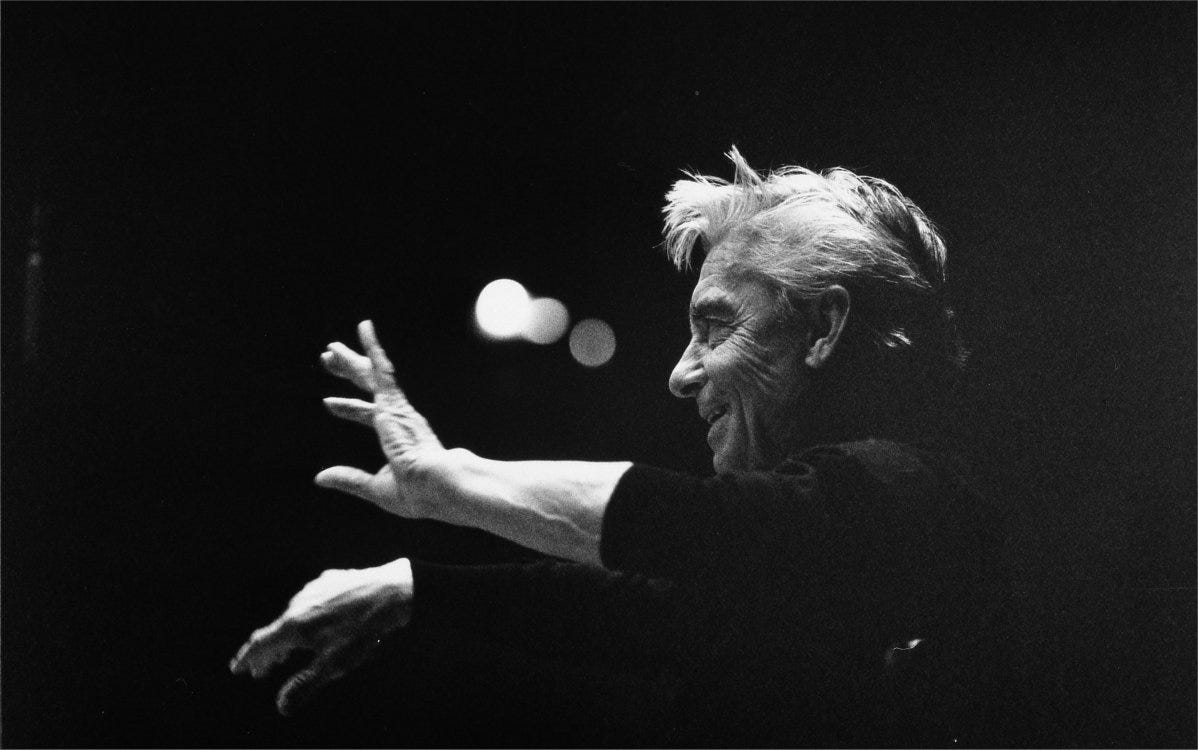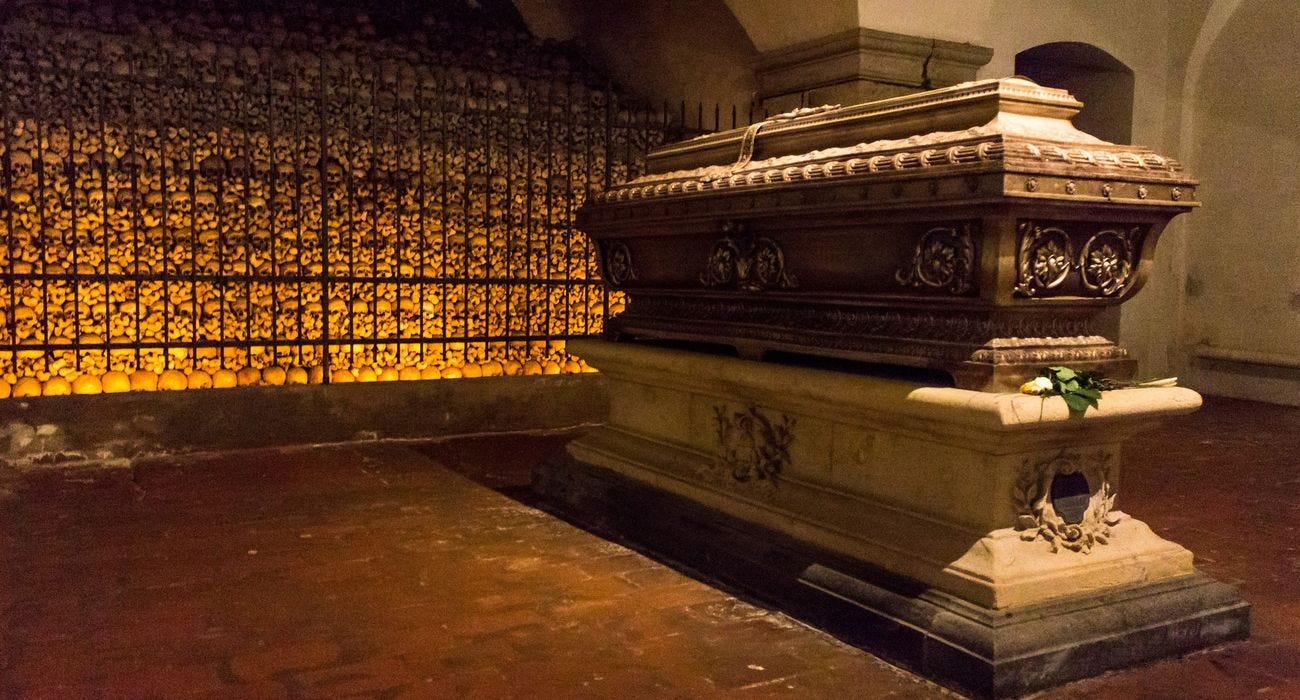
Herbert von Karajan, the Austrian conductor who dominated the classical music world for nearly half a century, had an interesting relationship with the music of his compatriot, the composer Anton Bruckner. Karajan’s penchant for creating a smooth and lyrical sound — a sound that always had a cosmopolitan sheen — worked well for certain aspects of Bruckner’s sound world. However, there is also a naivete and simplicity to Bruckner’s music that is the opposite of cosmopolitan, as if you’re having a conversation with a wise farmer. This folksy charm is often missing in Karajan’s Bruckner.

For instance, Karajan’s recordings of Bruckner’s Symphony №7 always begin with the most beautifully spun melody by the cello section and french horns. The beginning of Karajan’s 1971 recording of the seventh has never been equaled.
Also, very few conductors can create as much penitent awe as Karajan can with a Bruckner tremolo. The beginning of Karajan’s 1975 recording of Bruckner’s Symphony №7 is absolutely magical. The strings are barely audible, electrifying the air rather than producing a musical sound.

The zenith of Karajan’s interpretations of Bruckner’s music can be found in a video, not in a recording. Perhaps it was the location — St. Florian’s Monastery was where Bruckner played the organ for many years and it is where he is entombed. Bruckner’s Symphony №8 might just be the perfect symphony for Karajan. In many ways, it is the most dramatic and operatic of the symphonies. It also seems to contain equal parts sacred and profane. This video is also one of most perfectly shot performances ever made. The cinematography is exemplary. Whatever the reasons, I never tire watching it.

